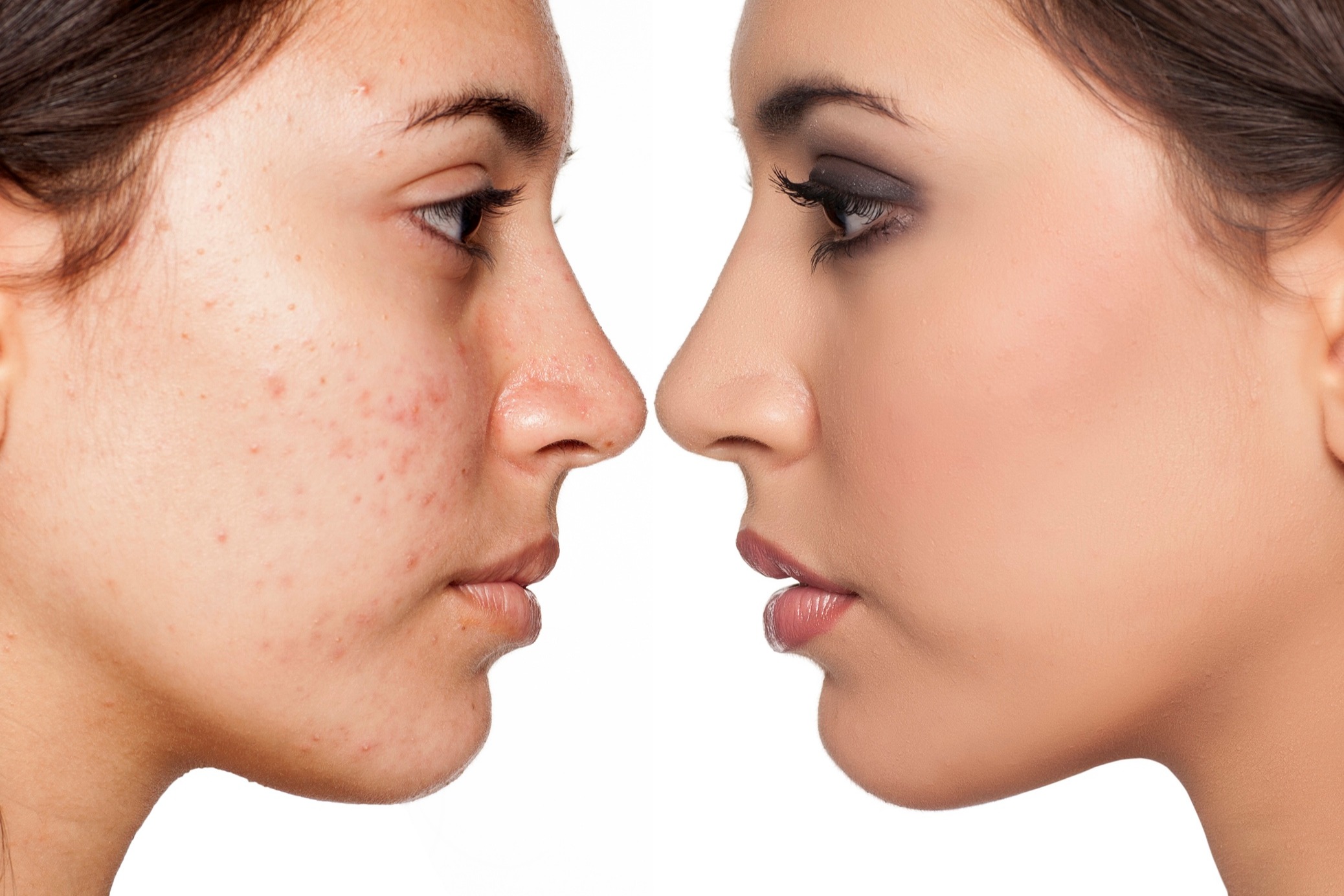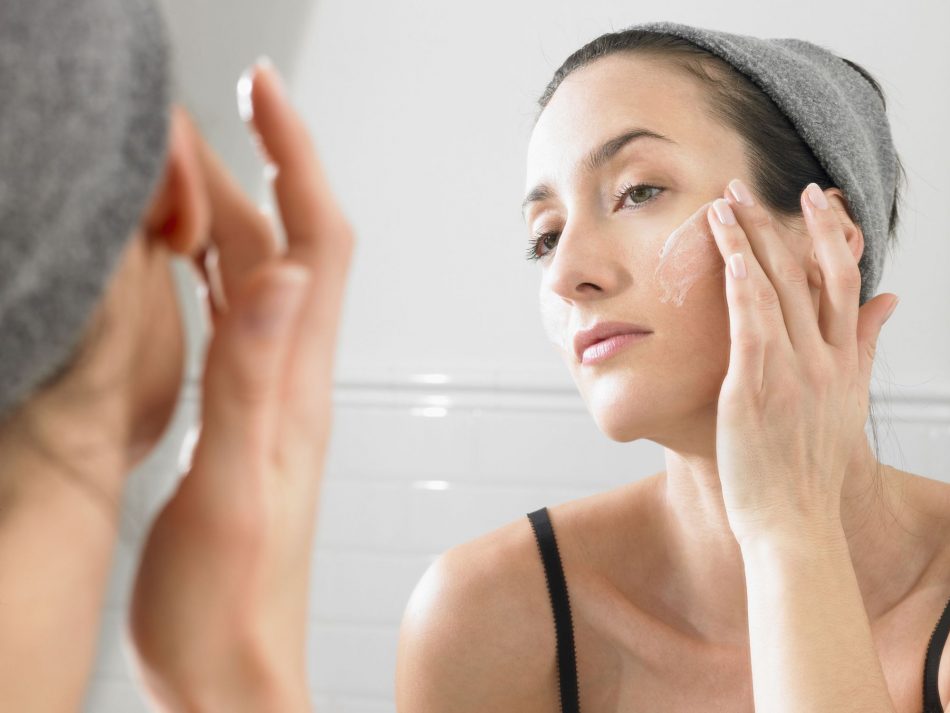Antibiotics treating acnes – well heard of but how effective? Visiting a doctor and not resorting to over the counter treatments (without a prescription) is always advised in case of acne treatments. Oral and topical antibiotics are usually the most important part of an acne treatment procedure. Find out more about why antibiotics are such an effective acne treatment and which antibiotics work the best.

Hormones cause some effect on the pilosebaceous unit, consisting of a hair follicle, the sebaceous gland and a hair, in turn giving the open audacity for acnes to grow. The follicle gets blocked, which in a way allows the growth of a normal skin bacteria, Propionibacterium acnes, thus destroying the lining of the follicle. In the entire procedure,the follicular material gets inside the dermis, leading to an inflammatory growth.
How Antibiotics Work ?
- The most important way by which it works is by lessing down the number of bacteria in and around the follicle area.
- Another way is by reducing the irritating chemicals which are produced by the white blood cells.
- Finally, antibiotics bring down the concentration of free fatty acids present in the sebum and more so, it reduces the inflammatory growth.
Antibiotics to Treat Acne
Tetracycline
This antibiotic is most widely used to treat acne problems. The normal dosage starts with around 500 mg taken twice in the day, which is to be continued till a significant improvement (decrease in the patches) is noticed. The dosage can afterwards be reduced to 250 mg twice a day or thereafter be discontinued. The only problem that lies with this medicine is that it should be taken in an empty stomach, for effective results. To add on to that, Tetracycline should not be taken by a pregnant women or children below 9.
Erythromycin
This happens to be the most used antibiotic for acne problems as it has quite a few positive attributes as compared to tetracycline. Firstly, they have an anti-inflammatory property that help lessen the reddish growth over and above killing the bacteria. Unlike the former, it can and should be taken along with food – an added benefit for teenagers. The dosage, though, varies with the type being used, but typically the usual prescription states 250 – 500 mg twice a day. It is probable to cause stomach upset and nausea, but can be taken by pregnant women.
Minocycline
The third variant is itself a tetracycline derivative that has been used effectively for very many years now. The usual dose to start off with is 50 to 100 mg twice a day. The side effects of this include the likes of dizziness, nausea, vomiting.
Doxycycline
This is used by people who can’t take the first two variants. The dosage starts at 50 to 100 mg twice a day, which is to be taken with food, otherwise the side effect can cause significant nausea. This antibiotic is also more likely to cause sunburns as it is sensitive towards the sun.
Clindamycin
This one is a very good oral antibiotic, whose dosage starts at 75 to 150 mg twice a day. The main side effect of clindamycin treatment is serious intestinal infection called pseudomembranous colitis, which is caused by the Clostridium difficile bacteria.

